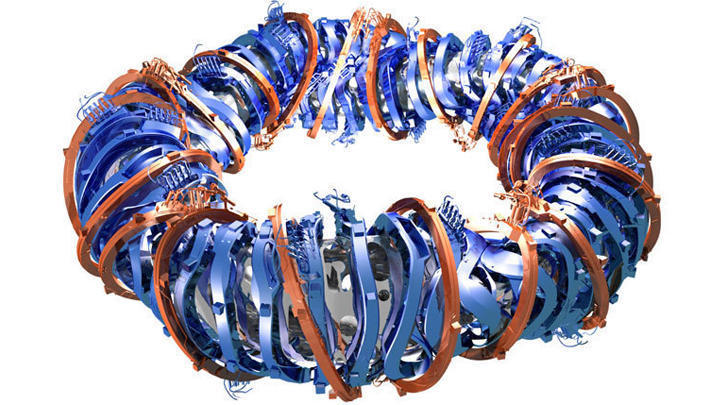Climate, energy and science
Germany tests futuristic fusion reactor
Victoria Haysom

The dream of endless clean energy may become a reality as Germany conducts the first tests of its futuristic Wendelstein 7-X fusion reactor.
The experimental device has taken more than 19 years to build at a cost of over $1 billion, and has the modest goal of paving the way for a self-sustaining full-scale reactor of the future.
Fusion reactors are nuclear devices but differ from normal fission power plants – which split atoms to release energy. Instead they heat atoms to tremendous temperatures – around 100 million°C – until they fuse together to create larger atoms, releasing huge amounts of energy in the process – and all without creating dangerous nuclear waste.
While the amount of energy created by fusion is enormous and has the potential to meet the world’s energy needs, the heat and energy required to start the reaction – and then contain it – is so great that fusion devices have yet to continuously yield more energy than they use.
However it’s hoped the Wendelstein 7-X could help crack that problem. It uses a donut-like ring to contain the heated plasma, which is then twisted into a bizarre shape to keep the particles contained without the need for extra energy. It is this twisted, efficient version of a fusion reactor – known as a Stellarator – that is to be tested.
If the 19-year, billion dollar experiment succeeds it could mean no more guilt for leaving the light on – and no more climate change – with all of our energy coming from fusion instead of fossil fuels.
Watch a video here.
